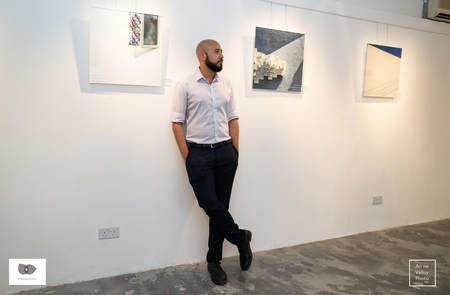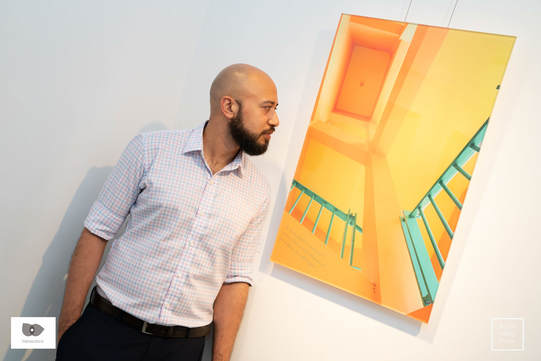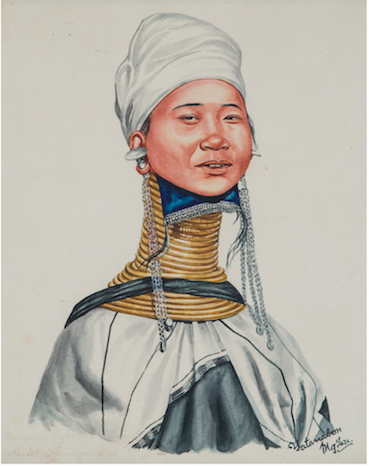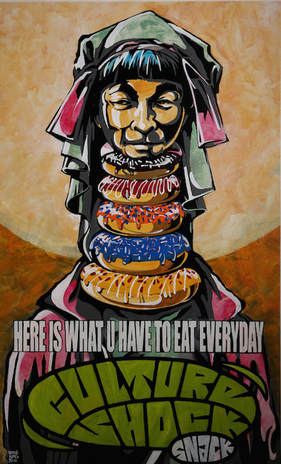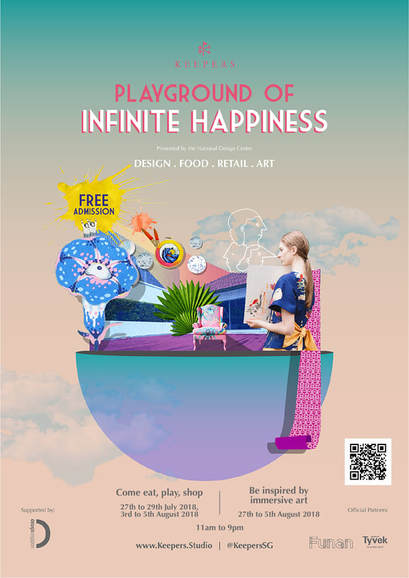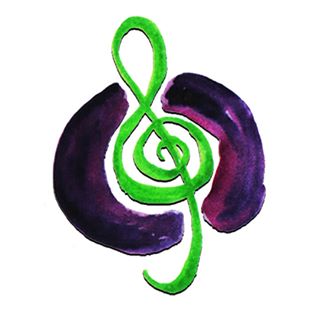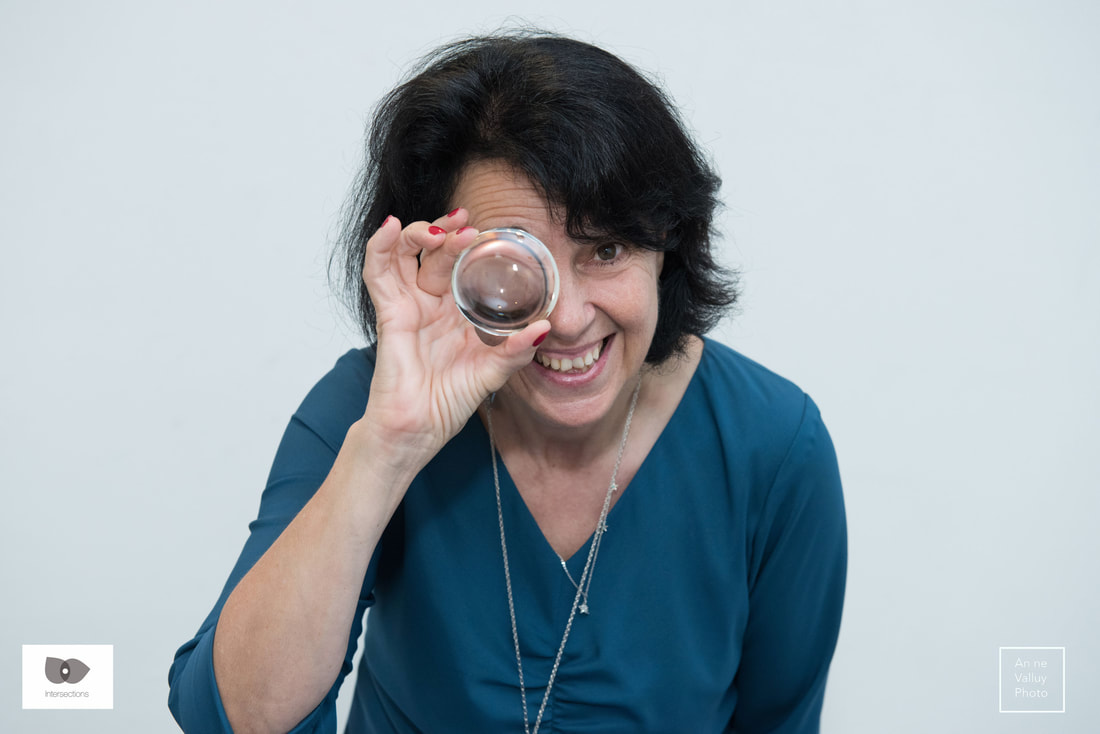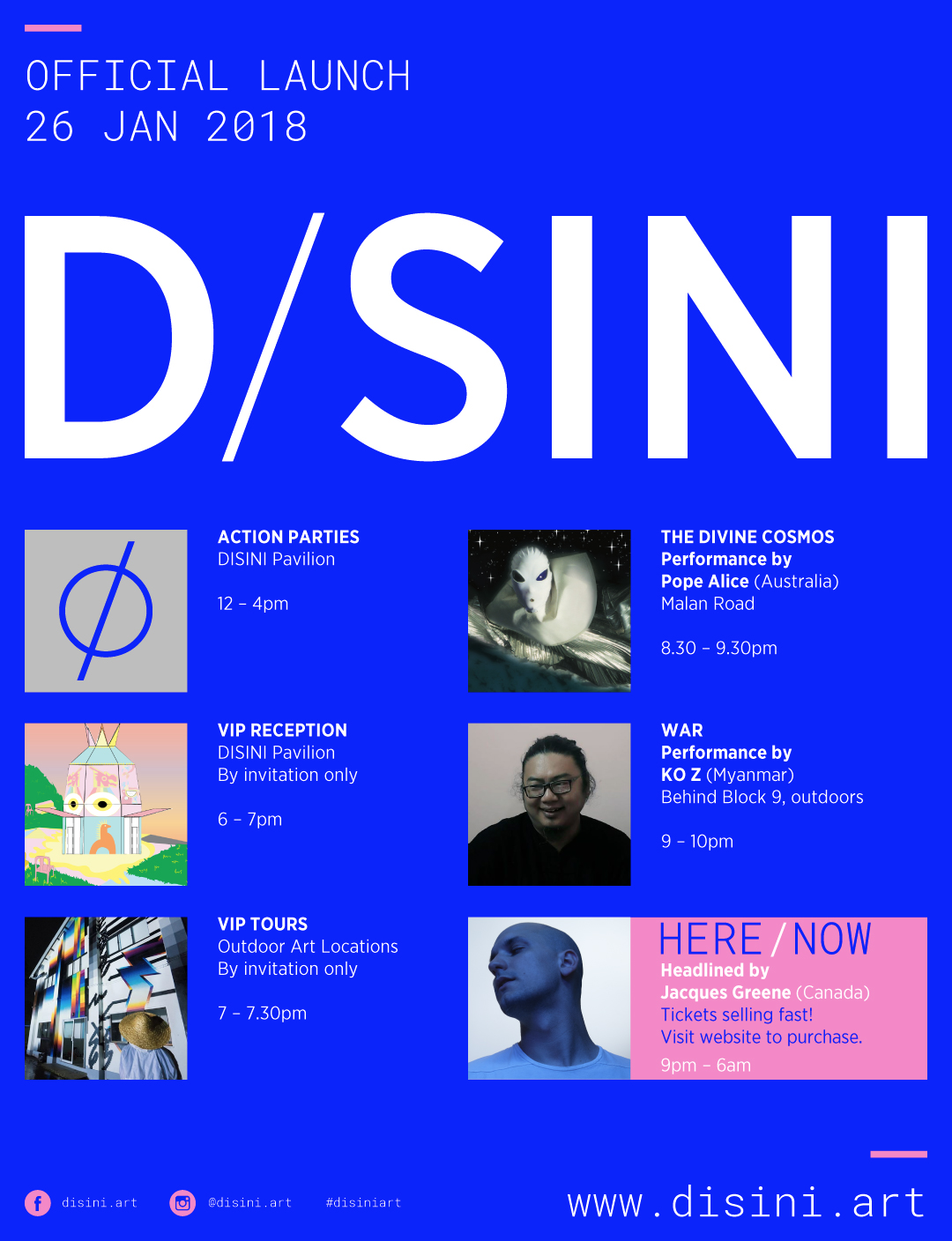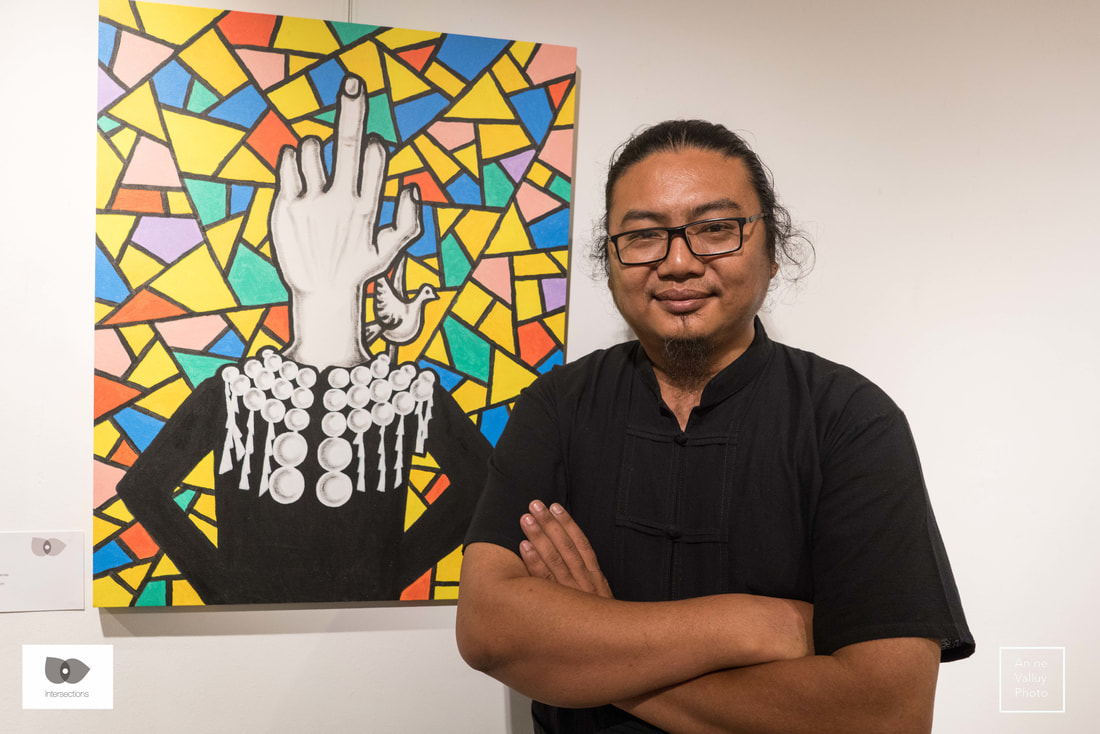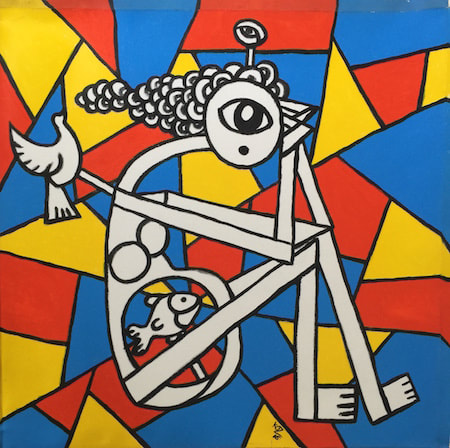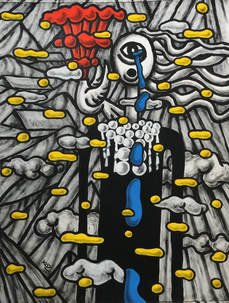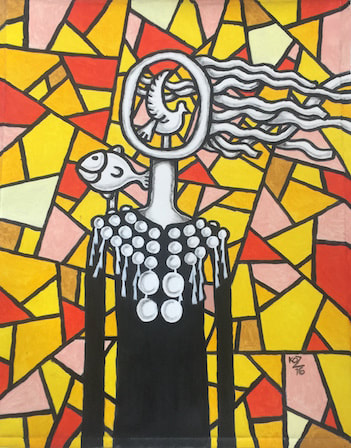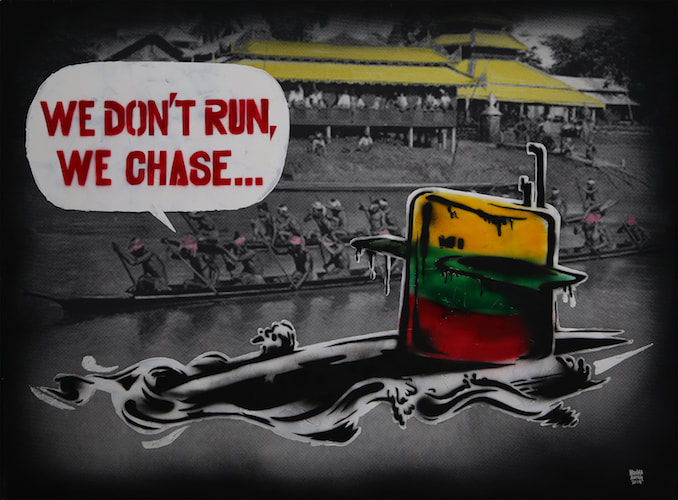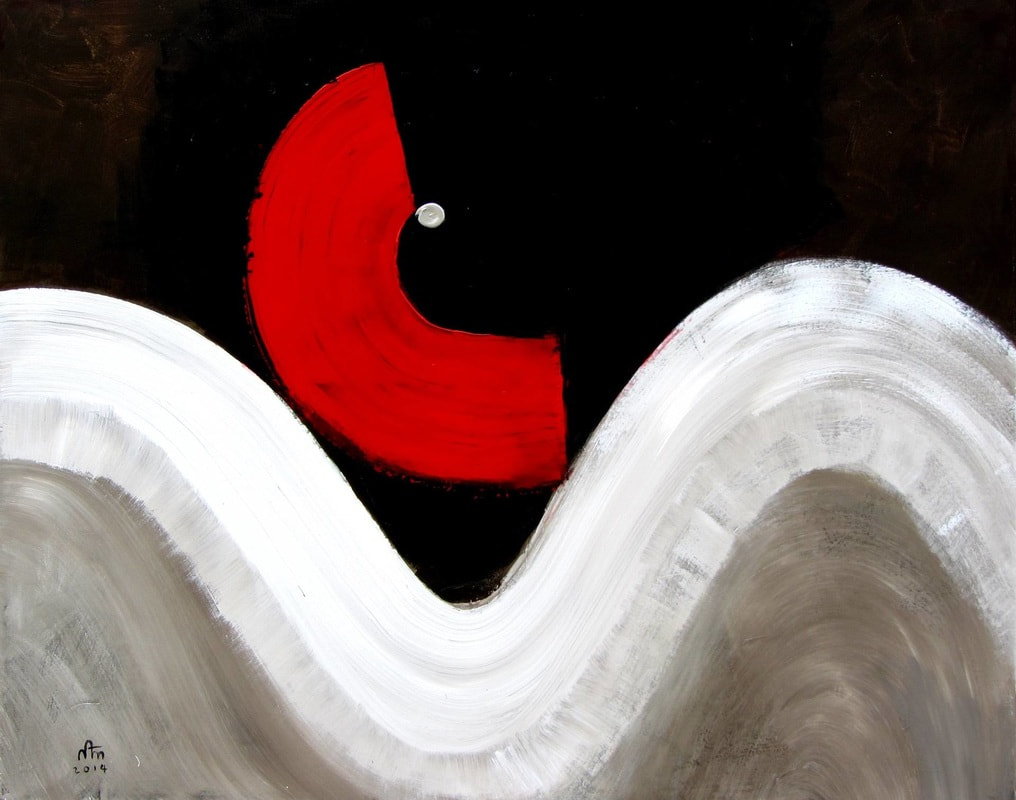WHEN: Friday, 3rd August, 2018 PRESENTATION TOPIC: Ethnic Minorities in Myanmar Art: from anthropology to politics Distant Past(s), Latest News:
Scholarly Insights on Burma/Myanmar Pullman Grande Sukhumvit | Bangkok | Thailand Bangkok, Thailand August 3-5, 2018
Curated by Marie-Pierre Mol, presented by Intersections Opening Night: 18 January 2018, in presence of the artist Exhibition Dates: From 19 January to 11 March 2018 Venue: Intersections Gallery, 34 Kandahar Street, Singapore 198892 Opening hours: Wed to Sun, 2pm to 7pm Celebrating identity and praying for peace About the exhibitionBorn in Shan State, Ko Z belongs to the Kachin ethnic minority who live in the northernmost State of Myanmar. In addition to its strategic location, the Kachin State is important for its natural resources, which include Jade, gold mines, timber and hydro-power. Since the independence in 1948, the Kachin population has endured along state of civil war as well as many internal displacements of persons (IDP). The ceasefire agreement, which was maintained from 1994 to 2011, broke down after the Myanmar military launched a surprise offensive in June 2011. Since then, 100,000people have been displaced. “Red Peace” is an exhibition that encompasses paintings on canvas, photos and an installation. Kachin means “Red Earth” in Kachin language. With “Red Peace”, Ko Z strives not only to keep memory of the tragic history of the Kachin people but also to express his hope for peace. The Kachins were animists. They believed in spirits called nats. In the 19th century, they were converted by American protestants and European missionaries and today most of the Kachins declare themselves Christians. “RedPeace” paintings look like stained-glass windows. However, they are also inspired by the traditional patterns of the totem poles, which are erected during the Kachin Manau Festival. A Manau festival is traditionally held to mark various important community events such as weddings, funerals, declarations of war and victory celebrations. Today,it is also organised to keep tradition alive and to call the Kachin diaspora together. The festival includes music, dancing, contests, and performances of the special Manau dance. In “Red Peace” series, the artist strives to express a mystic connection between animals and female bodies: doves and fishes as recurrent symbols, women are alternatively represented dressed with the traditional Kachin costumes and in hieratic postures or naked in a way that symbolizes motherhood. In both cases, the dislocated bodies express the suffering of the Kachin nation. However, primary bright colours are chosen to express the joy of life.In this series, Ko Z successfully appropriates visual elements borrowed from European modernism, in particular from cubism. The female bodies remind us of some paintings by Picasso, while the stained-glass window background seems inspired by Cocteau or Chagall and transports us in an imaginary cathedral out of time and space. About the artist: Ko Z Born in 1973 in Taunggyi, Southern Shan State.
Studied at University of art and culture in Yangon. Lives and works in Yangon, Myanmar. Participated in more than 40 group exhibitions from 2002 to today. As you may already know, one of Intersections specialty is Burmese contemporary art. This has been so for many years now and today I'd like to take the time to answer some of the most frequent questions we've heard from art enthusiasts and collectors, who've visited our past exhibitions and purchased some of our artworks. 1. Why buy art? At Intersections Gallery, we believe that an artwork is first and foremost something that makes life happier. While it may sound cheesy, this is what we see with many of our buyers, whether they are experienced collectors or buying their first artwork. We select artworks that tell stories in a universal language, create emotions, make visible the invisible and inspire enthusiasm. While there’s no single reason why to buy art, we do sincerely hope that our collectors and one-time buyers do derive some happiness by bringing meaningful artworks into their homes. At least that’s the regular feedback we get! 2. Is art a good investment? Like any commodity an artwork has a value. This value can increase and in some cases become very high. However, the main criteria to buy an artwork should always be the enjoyment and satisfaction that it provides. 3. Is it a good time to invest in Burmese art? If we can rely on the big players in the art world to be a good indicator, Burmese artworks are collected by famous museums such as the Guggenheim Museum New York, USA, Fukuoaka Art Museum, Japan or Singapore Art Museum & National Gallery, Singapore. Many private collectors have also discovered contemporary artists in the country itself or in international art fairs such as Art Stage Singapore or Art Paris Art Fair. However, after 50 years of self imposed isolationism transactions for Myanmar contemporary art are still an emerging market. 4. How does Intersections select artists? Marie-Pierre Mol, co-founder and managing director of Intersections, is an art historian and curator. Before representing an artist, she researches about the artist’s practice and personally meets and interviews all artists. Intersections thrives to discover and develop young talented artists but also to promote well established ones not yet represented in Singapore.
Given our focus in Burmese art, we travel to Yangon on a quarterly basis, usually spending a week or more there. To tell the human side of each artist’s story, it does require spending personal time with each artist at their studio and outside to develop a relationship and interesting projects. |
Categories
All
|
Connect With Us |
|

